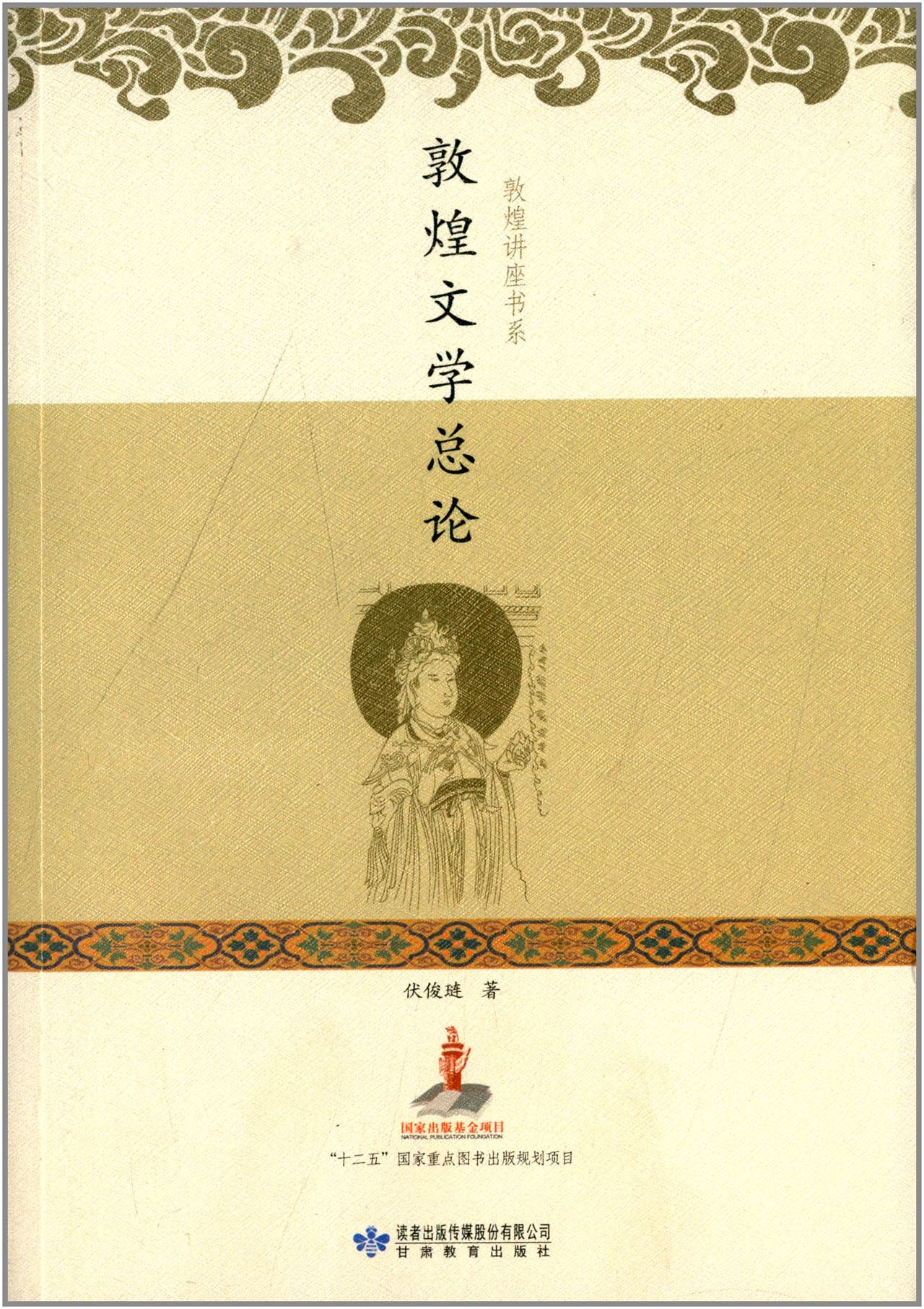New ideas illuminate Dunhuang literature

Pandect of Dunhuang Literature
Author: Fu Junlian
Publisher: Gansu Education Publishing House
Dunhuang studies, which are derived from Dunhuang literature, have been thriving since the 1980s. A large number of Dunhuang-related works have been released across the globe.
In his book Pandect of Dunhuang Literature, Fu Junlian puts forward new perspectives about the discipline.
Fu redefines Dunhuang literature as “a collection of literary activities, literary works and literary ideas in the remaining Dunhuang books.” In this way, he gives priority to literary activities, emphasizing their role in generating literary works.
The book offers original analysis on the features of Dunhuang literature. Fu argues that the most fundamental characteristic can be found among ordinary people, as their definition of literature is not exactly the same as that used by scholars. In most cases, folk singers and story-tellers will borrow specific lines from literary works to serve their needs regardless of context. This explains the co-existence of folk prose and literary works and the absence of titles and authors in Dunhuang manuscripts. This is not because of careless omissions, but is due to their very nature.
The book also puts forward a new categorization of Dunhuang literature based on its features. Fu divides Dunhuang literature into two branches. One is classical literature, and refined works created by literary men before the Tang Dynasty (618-907). The other is Dunhuang folk ritual literature. Basically, there are secular rituals and religious rituals, both of which involve changing. In chants, performers mostly choose folk verses, and Buddhist and Taoist sutras are comparatively rare. Meanwhile, it reviews Dunhuang literature mainly from the perspective of philology. As for the style of writing, the book places an emphasis on the study of literary scriptures as a whole, the analysis of sentence structure, narration of works and reviews of previous studies.
In addition, Fu’s theoretical exposition is a highlight of the book. He introduces the concept of “ritual literature,” analyzes Dunhuang literature at various stages, and puts forward ideas on various types of prose. Also, his description of “chanting with the aid of pictures” in ancient times and his views on Dunhuang literature’s role in Chinese literary history are both a testament to his accumulation of understanding over the years.
As an outline of Dunhuang literature, it still has deficiencies. It doesn’t refer to some styles of literature, in particular, folk literature and Buddhist literature of various forms. The idea of “ritual literature” is not evident in every argument he makes regarding styles of literature. In addition, it fails to absorb achievements on Dunhuang literature abroad, in particular, those of Japan.
LINK
Fu Junlian is a professor from the Center of Chinese Classics of Northwest Normal University in Gansu Province. As a leading researcher of ancient Chinese philology, he has specialized in teaching and researching ancient Chinese literature and Dunhuang Studies for two decades.
